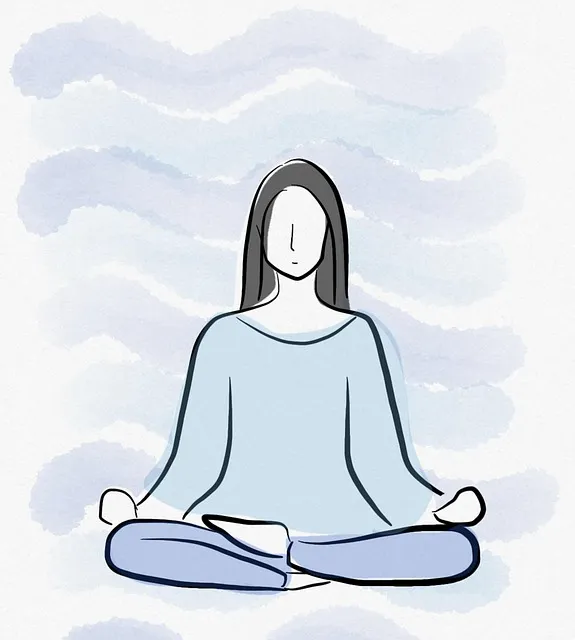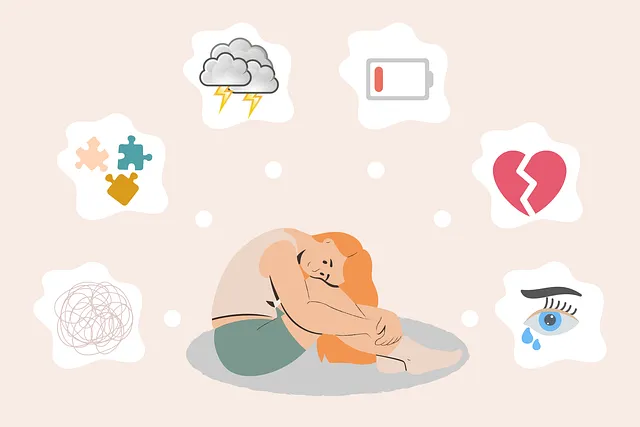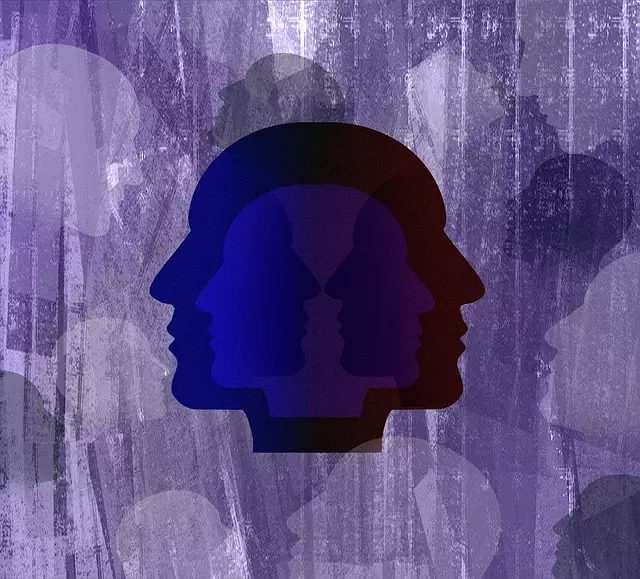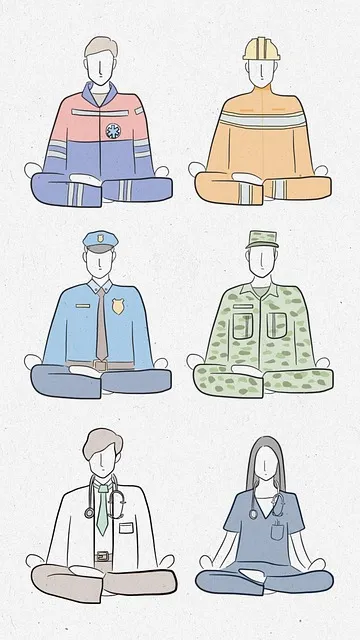Mindfulness meditation at Kaiser Permanente behavioral health center Lone Tree cultivates emotional regulation and reduces stress through present-moment awareness. Creating a dedicated home meditation space enhances practice, while guided sessions for beginners and unguided ones for experienced practitioners offer flexibility. Incorporating mindfulness into daily routines via techniques like breathing and body scans improves mental wellness, and combining these with exercise and nature time prevents burnout. Recognized by healthcare providers at Kaiser Permanente behavioral health center Lone Tree, mindfulness offers stress reduction, emotional regulation, and physical benefits, but challenges can be overcome through consistent practice.
At the Kaiser Permanente behavioral health center in Lone Tree, we guide you on a journey towards inner peace through mindfulness meditation. This practice has gained immense popularity for its transformative potential. Our article offers a comprehensive overview to help beginners navigate this ancient art. We’ll explore essential basics, from creating a serene home space to distinguishing guided vs. unguided techniques. Learn how to seamlessly integrate mindfulness into daily routines and discover the numerous benefits, along with strategies to overcome common challenges.
- Understanding Mindfulness Meditation Basics
- Setting Up Your Meditation Space at Home
- Guided vs Unguided Practice Techniques
- Incorporating Mindfulness into Daily Life
- Benefits and Common Challenges Overcome
Understanding Mindfulness Meditation Basics

Mindfulness meditation is a simple yet powerful practice that involves focusing your awareness on the present moment. It’s about observing your thoughts and feelings without judgment, allowing you to cultivate a deeper understanding of yourself and your reactions to everyday life. At the Kaiser Permanente behavioral health center in Lone Tree, we often emphasize that mindfulness isn’t about stopping thoughts or clearing the mind; instead, it’s about acknowledging and accepting what arises within us.
This ancient technique has gained significant popularity due to its numerous benefits for mental well-being. Regular practice can enhance emotional regulation, reduce stress, and improve overall quality of life. Public Awareness Campaigns Development initiatives often highlight mindfulness as a crucial tool in managing modern-day stressors. Through simple techniques like deep breathing exercises and body scans, individuals can develop a stronger connection with their minds and bodies, leading to better decision-making and an increased sense of calm amidst life’s challenges.
Setting Up Your Meditation Space at Home

Creating a dedicated space for your meditation practice at home can significantly enhance your experience. Start by designating a quiet area in your house where distractions are minimal. The Kaiser Permanente behavioral health center Lone Tree recommends keeping your meditation spot free from clutter and designing it to promote relaxation. Consider incorporating natural elements like plants or soft lighting to create an atmosphere that supports emotional healing processes.
A well-setup space enables you to engage in Self-Awareness Exercises and Emotional Well-being Promotion Techniques effectively. Ensure your seating is comfortable and aligned with good posture, allowing for a clear mind and focused energy. With a serene environment tailored to your needs, each meditation session becomes an opportunity for profound reflection and emotional balance.
Guided vs Unguided Practice Techniques

Guided meditation involves following along with a teacher or recording that provides specific instructions and prompts for each step of the practice. This technique is particularly beneficial for beginners, as it offers a structured approach to mindfulness. At the Kaiser Permanente behavioral health center Lone Tree, professionals often recommend guided meditations for those new to the practice, as they can help cultivate a consistent routine. These sessions typically focus on breathwork, body scans, or visualisations, guiding practitioners through calm and mindful experiences.
In contrast, unguided meditation allows individuals to explore their awareness freely without pre-set directions. This method encourages personal discovery and introspection. While it may be more challenging for those new to meditation, experienced practitioners often find that unguided sessions deepen their connection with the present moment. For mental health support, combining both techniques can be powerful, offering flexibility and catering to diverse needs, especially in addressing Mood Management, Mental Health Policy Analysis and Advocacy, and even Depression Prevention strategies.
Incorporating Mindfulness into Daily Life

Incorporating mindfulness into your daily routine can significantly enhance mental wellness, a key focus for many individuals today. The Kaiser Permanente behavioral health center in Lone Tree offers valuable guidance on this journey. Simple practices like mindful breathing and body scans can be integrated into your morning or evening routines. Start with just a few minutes each day—sit comfortably, close your eyes, and concentrate on your breath. Observe thoughts as they come and go without judgment. This practice strengthens your ability to stay present and cultivates a sense of calm throughout the day.
For those seeking deeper engagement, journaling can be a powerful tool alongside mindfulness exercises and guidance from mental health professionals. Write down your experiences, emotions, and thoughts after each meditation session. Reflect on patterns that emerge and use them as opportunities for growth. Additionally, regular exercise and spending time in nature are excellent ways to promote mindfulness and prevent burnout, especially for healthcare providers who can benefit from the stress-reducing effects of these strategies as part of their Burnout Prevention Strategies for Healthcare Providers, while also considering a Risk Assessment for Mental Health Professionals.
Benefits and Common Challenges Overcome

Mindfulness meditation offers a plethora of benefits, as recognized by healthcare providers like those at Kaiser Permanente behavioral health center Lone Tree. Regular practice can reduce stress and anxiety, improve emotional regulation, enhance focus and concentration, and promote better sleep. It has also been shown to lower blood pressure and strengthen the immune system, making it an invaluable tool in maintaining holistic well-being.
Despite its numerous advantages, mindfulness meditation is not without challenges. Common obstacles include difficulty staying focused, restlessness, and a tendency to get discouraged by initial struggles. However, these can be overcome with consistent practice and a willingness to explore various techniques. Conflict Resolution Techniques and Emotional Intelligence, skills often emphasized in Healthcare Provider Cultural Competency Training, can complement mindfulness by helping individuals navigate internal conflicts and understand their emotions more deeply.
Mindfulness meditation, with its roots in ancient practices, has gained modern relevance through organizations like the Kaiser Permanente behavioral health center in Lone Tree. By understanding the basics, creating a dedicated space, and choosing between guided or unguided techniques, individuals can begin their journey towards inner calm and improved well-being. Incorporating mindfulness into daily life reaps substantial benefits, despite initial challenges. Remember that consistent practice is key to unlocking the transformative power of meditation.






